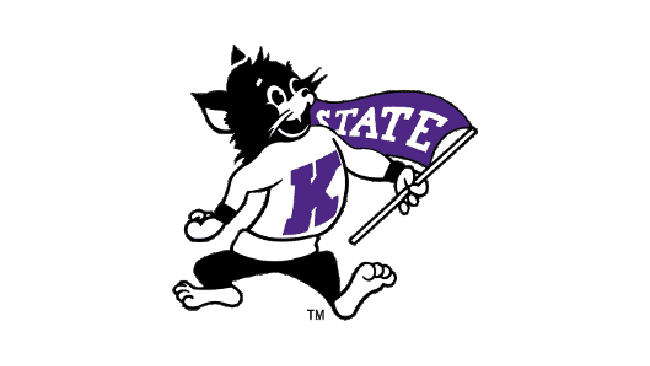Kansas State Wildcats represent the athletic prowess of Kansas State University, engaging in various sports within the prestigious Big 12 Conference. Donning royal purple and white, these teams, led by mascot Willie the Wildcat, have a rich history, particularly in football, basketball, and track and field. The university is renowned for its competitive spirit and has made significant strides over the years, especially noted in its football program’s revival and consistent performance.
Meaning and History
KSU’s athletic program dates back to 1893 when the football team came into existence. According to historical accounts, they played for the first time on Thanksgiving Day with a stunning 18-10 victory over St. Mary’s College. Throughout the history of the football team, there has been a dramatic turnaround that has made the Wildcats a perennial contender in their conference.
With several bowl game appearances and conference titles, the football program has been a source of pride and spirit for the university. Similarly, the basketball team has had its share of success, with intense rivalries and NCAA tournament appearances, highlighting its competitive history.
Beyond these major sports, Kansas State Wildcats excel in other areas, contributing to a well-rounded and respected athletic department. The emphasis on academic and athletic excellence has fostered a balanced development for student-athletes. The school’s commitment to both domains exemplifies the true spirit of collegiate athletics, making the Wildcats a respected name in college sports.
What is Kansas State Wildcats?
The Wildcats are Kansas State University’s competitive wing of American college athletics, particularly in the Big 12 Conference. While the primary focus of the program is American football, its teams have had a variety of success in sports ranging from hockey to baseball to basketball.
1955 – 1975
The earliest logo features a cartoon representation of a wildcat. It is humanized, depicted in a spirited pose as it runs with a flag that has ‘STATE’ inscribed across it. The design captures a playful and animated style, common in mid-20th-century mascots, encapsulating a sense of motion and school spirit. Wildcat’s expressive face, shown in bold lines, contributes to the logo’s dynamic appearance.
1975 – 1989
Then, the Wildcats adopted a more ferocious and realistic wildcat depiction. The design is simplified but powerful, with the wildcat’s head and body depicted in detail. Its claws extended as if leaping forward, and one of them even swung into a large letter K written in a thin sans serif font. It utilizes strong lines to define the wildcat’s form, giving it a sense of strength and aggression. The animal’s open jaw and positioning convey a fierce competitive spirit, aligning with the athletic prowess the university aims to represent.
1989 – 2019
The image moves away from literal representation to a more abstract and modern design, featuring just a mere silhouette of a wildcat’s head. It’s comprised of smooth, curved lines that form the head and the outline of the body, with negative space effectively used to suggest the eye and other features. This iteration symbolizes the university’s progression, sophistication, and power and indicates the contemporary branding trends.
2019 – today
The most current logo maintains the silhouette from the previous version but refines it for a sleeker look. The design is bolder, with a more pronounced outline and alterations in the curves that add a sense of forward momentum. It retains the elegance and simplicity of the prior logo while enhancing visibility and impact, suggesting a commitment to contemporary design and the future.
Color
The branding of the Kansas State Wildcats has incorporated a consistent palette of colors over the years, particularly focusing on purple and white, with occasional use of black as an accent. Purple, a color often associated with royalty, wisdom, and ambition, serves as the primary color and is a distinctive and recognizable feature of the Wildcats’ identity. It is used with purpose and pride, symbolizing the university’s aspirations and achievements.
White is used to provide contrast, ensuring that the purple stands out and that the logos remain clear and legible across various applications. The use of black helps to ground the designs, giving them weight and a certain boldness. Together, these colors create a striking visual identity that is both classic and versatile, appropriate for a wide range of uses from print to digital media.
Font
The Kansas State Wildcats have transitioned through different fonts that complement the evolving style of their logos. In the earliest logo (1955-1975), a playful and spirited font is used, with characters that appear to be in motion, reflecting the animated nature of the mascot. As the branding evolved, the typefaces adopted a more serious and impactful stance, often bold and sans-serif, to match the logos’ progression towards simplicity and power.
The type within the logos is usually uppercase, which contributes to the commanding presence the university wishes to convey. The word ‘STATE’ in particular is often prominent, underlining the institution’s significance and authority. The consistency in using strong, straightforward fonts reinforces the Wildcats’ image as a resilient and formidable presence in collegiate athletics.







